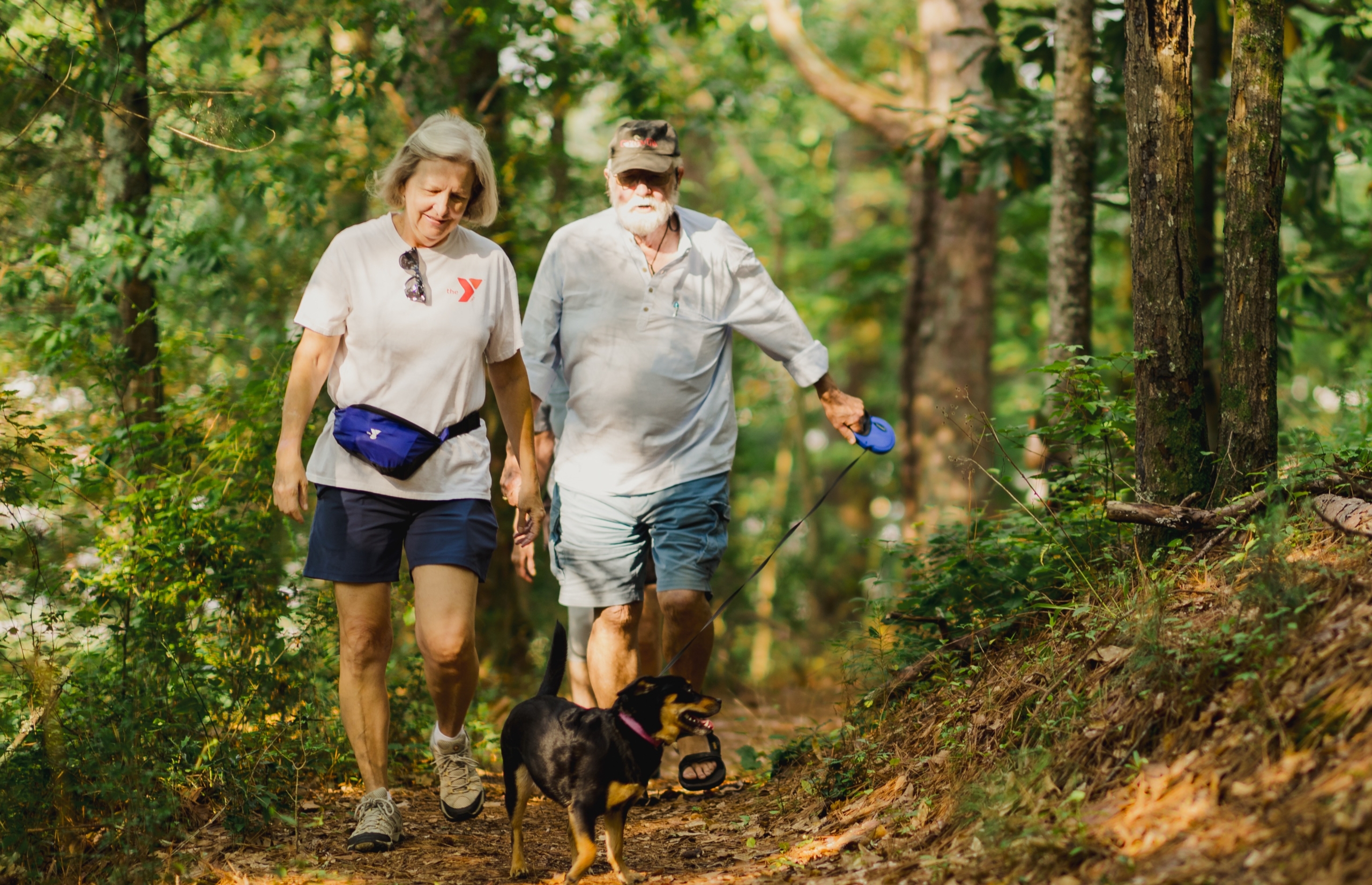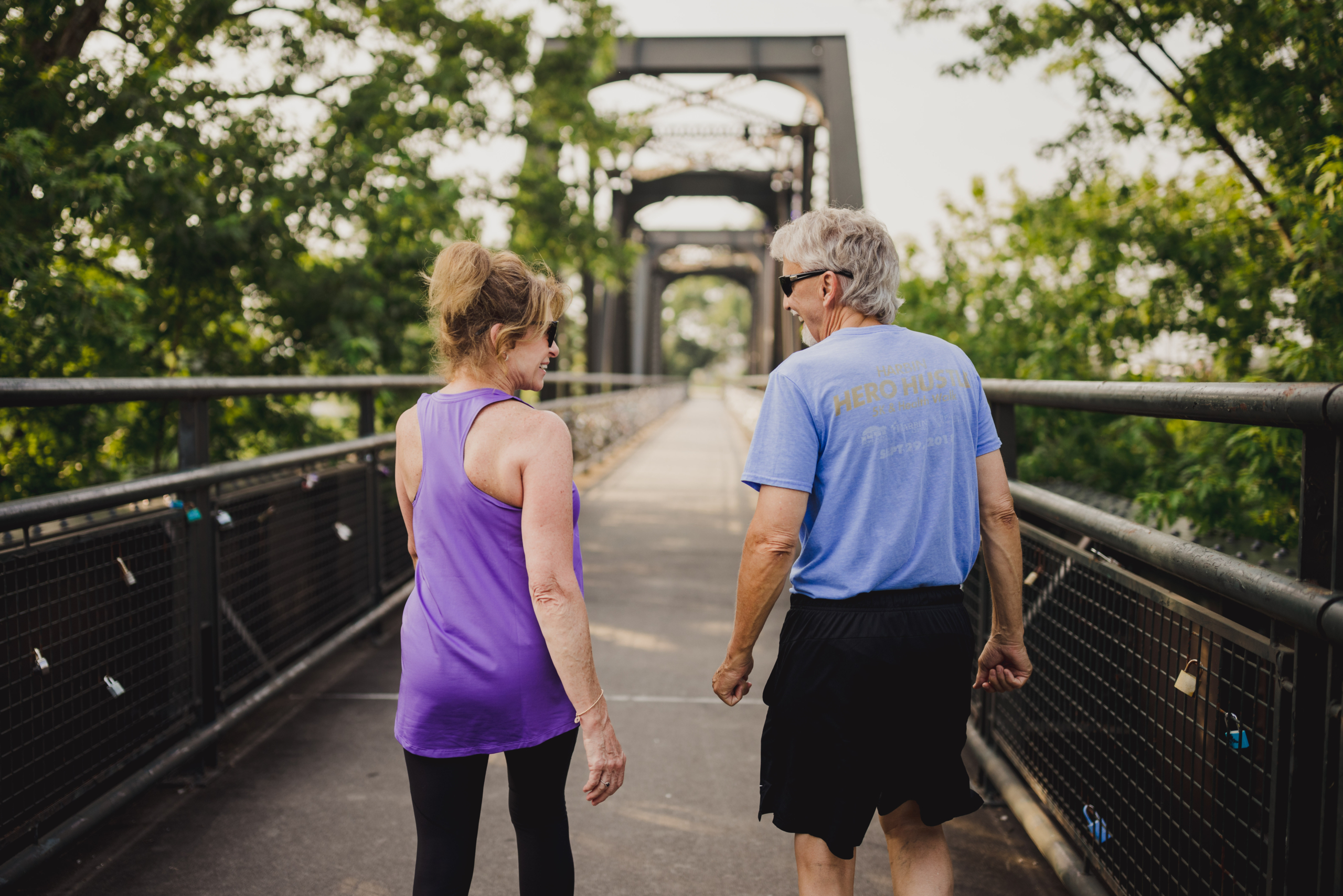Living with Diabetes

Diabetes Awareness Month is a great time to advocate for the prevention of type 2 diabetes, but it is also an opportunity to help communities understand that type 1 diabetes is a very different, non-preventable, yet treatable, form of diabetes. This November, Harbin Clinic encourages North Georgia to learn more about the difference between type 1 and type 2 diabetes and gain perspective from stories of patients living with diabetes.
UNDERSTANDING THE TWO TYPES:
Although type 1 and type 2 diabetes share a name, they have very different lived experiences. Individuals with type 1 diabetes have a pancreas that doesn’t make enough insulin. Insulin is the substance that helps the body use sugar as energy within the cells. Without insulin, the body does not allow sugar into the cells, and it builds up in the bloodstream, causing the body to react.
Type 2 diabetes occurs when a patient’s cells don’t respond normally to insulin, called insulin resistance. The pancreas makes more and more insulin trying to get cells to respond. Eventually, a patient’s pancreas can’t keep up with the demand to make more insulin, and blood sugar rises, causing a prediabetic state or type 2 diabetes. In both type 1 and type 2, high blood sugar can result in heart disease, vision loss, and kidney disease.
Although both types of diabetes are connected to how much insulin the body is making, type 1 diabetes is not preventable or curable at this time. Type 2 diabetes, however, is preventable and highly controllable with diet, exercise and often medication.
For example, Ahmad Hall, a local patient, was once considered prediabetic. Dr. Poonam Singh was already his internal medicine doctor, but he did not realize she had significant experience working with diabetes patients and had been recognized several times by the American Diabetes Association for providing high-quality diabetes care. After talking with her about his prediabetic state, Ahmad says,
“When Dr. Singh told me I was prediabetic, I knew I had to do something. I asked her what I needed to do to keep from being diagnosed with type 2 diabetes. We worked through a plan together that included diet and exercise modifications, and I’m proud to say that I do not have type 2 diabetes, nor am I considered prediabetic. She was so encouraging and helpful, and now everyone keeps asking me how I did it. I tell them Dr. Singh is the answer.”
Patients with health backgrounds similar to Ahmad Hall are the more common diabetes stories. Over 37 million Americans have diabetes (about 1 in 10), and close to 90-95% of them are dealing with type 2 diabetes. Because only 5-10% of the patients with diabetes deal with type 1 diabetes, their symptoms, circumstances and treatments are frequently misunderstood by the population at large.
TYPE 1 DIAGNOSIS & TREATMENT
At one point in time, type 1 diabetes was known as juvenile diabetes, but now medical professionals know that a person can be diagnosed with type 1 diabetes at any time in their life. It has nothing to do with their diet or exercise habits, and it can occur very suddenly.
“Type 1 is considered the result of an autoimmune response, where the body attacks the pancreas and the cells that make insulin. Sometimes infection from a virus may trigger the autoimmune response. Some people with type 1 diabetes have family members with it, but many do not,” says Harbin Clinic Endocrinologist Dr. Ahed Mansoura.
Symptoms of type 1 diabetes often include extreme thirst, weight loss, excessive fatigue, frequent urination and sometimes blurred vision. A lifestyle with type 1 diabetes often focuses on diet moderation and insulin planning. In the morning, they wake up, check blood sugar levels and administer the necessary amount of insulin to eat breakfast. They often repeat this around lunchtime, before dinner, before bed and before physical activity.

Some patients with type 1 diabetes use a glucose meter to test their blood sugar levels which requires pricking a finger, getting a blood sample on a test strip and then testing the blood. Depending on the blood sugar levels, a patient then calculates the necessary insulin dose and injects it. Others with type 1 diabetes use systems like a continuous glucose monitor and insulin pump. With this system, patients wear a small, water-resistant sensor with a tiny probe on the back of the arm, and the pump communicates with the monitor and then administers the appropriate amount of insulin through a small catheter under the skin.
With either system, however, patients with type 1 diabetes receive lots of questions about their treatment. Will Birdsong, a Harbin Clinic patient living with Type 1 diabetes, remembers the first time he visited a restaurant after his diagnosis and needed to administer insulin to himself:
“When I got out my injection, the waiter noticed, and his eyes went wide. I could tell he had no idea why I was giving myself a shot at the table. It was the first time I really felt different,” says Will. “Now, I sometimes excuse myself and manage my insulin in the bathroom. It can feel like a lot of pressure to be continually educating others on diabetes and its different types.”
In addition to memorizing menus and frequently monitoring blood sugar, other life experiences, such as travel, can take a lot of extra planning. Beyond the mere unpredictability of travel, individuals must estimate the correct amounts of insulin they need to take with them anywhere they go for extended periods. Insulin also must be stored properly.
ADVICE FOR NOVEMBER:
Although many type 1 diabetic patients are hopeful about recent research and advances in type 1 diabetes treatment, they also emphasize that rather than overemphasizing hope for a cure, loved ones with type 1 diabetes need support when learning how to live with their disease. Rather than focusing on a cure, share about inspirational or famous people who have type 1 diabetes and haven’t let it stop them.
For those recently diagnosed, Will encourages, “You can live a normal life. There are likely people you know that have type 1 diabetes and you don’t even know it. Just monitor yourself carefully and listen to your endocrinologist and primary care physician. Take ownership of your care. Don’t wait for a cure. Live your life today. Also, thank goodness for Coke Zero.”


